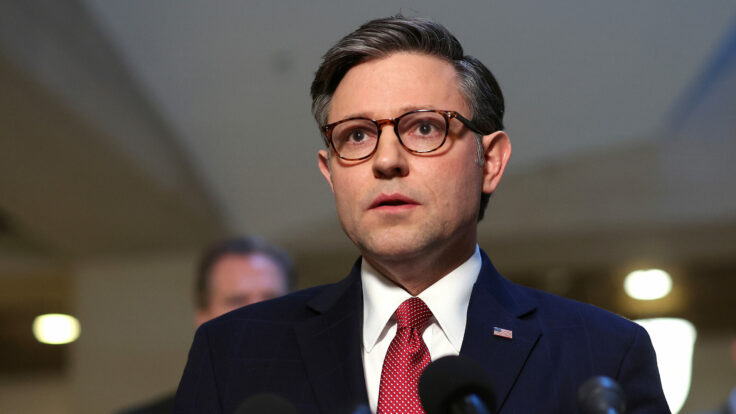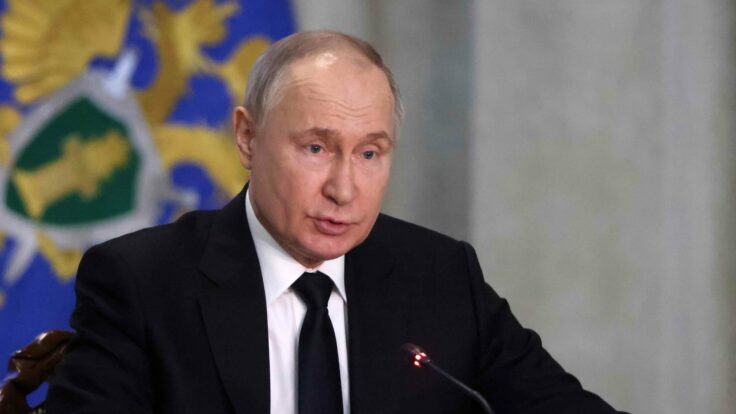When the world saw the horrors in Bucha and the towns around Kyiv, it was like a tide had gone out, leaving behind the grisly driftwood of dead bodies. By now, you’ve seen the photos and read the stories: the women raped in front of their children, the men executed with their hands behind their backs, the people who fell off their bicycles and lay for weeks under the open sky until the photographers arrived.
When I saw photos of the heads and hands and feet of town elder Olha Sukhenko and her family protruding from the sandy grave in which they were hastily buried, when I saw journalists crowded around her shoddy burial among the pines outside of Motyzhyn, I thought immediately of the Ukrainian forests where dozens of my relatives were shot and dumped in mass graves in 1941: in Zhytomyr, in Medzhybizh, in Salnitsa, Ostropol, Kharkiv, and Kyiv. I thought, this is what it must have looked like then, when, returning in 1944, their relatives found a million Ukrainian Jews, buried in the loam. It was these massacres that began to break the Nazi soldiers carrying them out, forcing the invention of a more efficient and less intimate way of eradicating a people: the death camps, like Auschwitz, Treblinka, Majdanek.

















